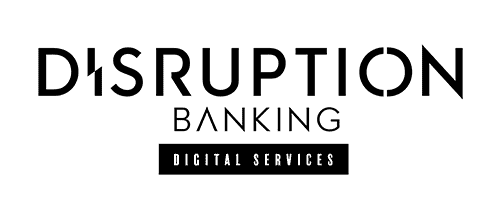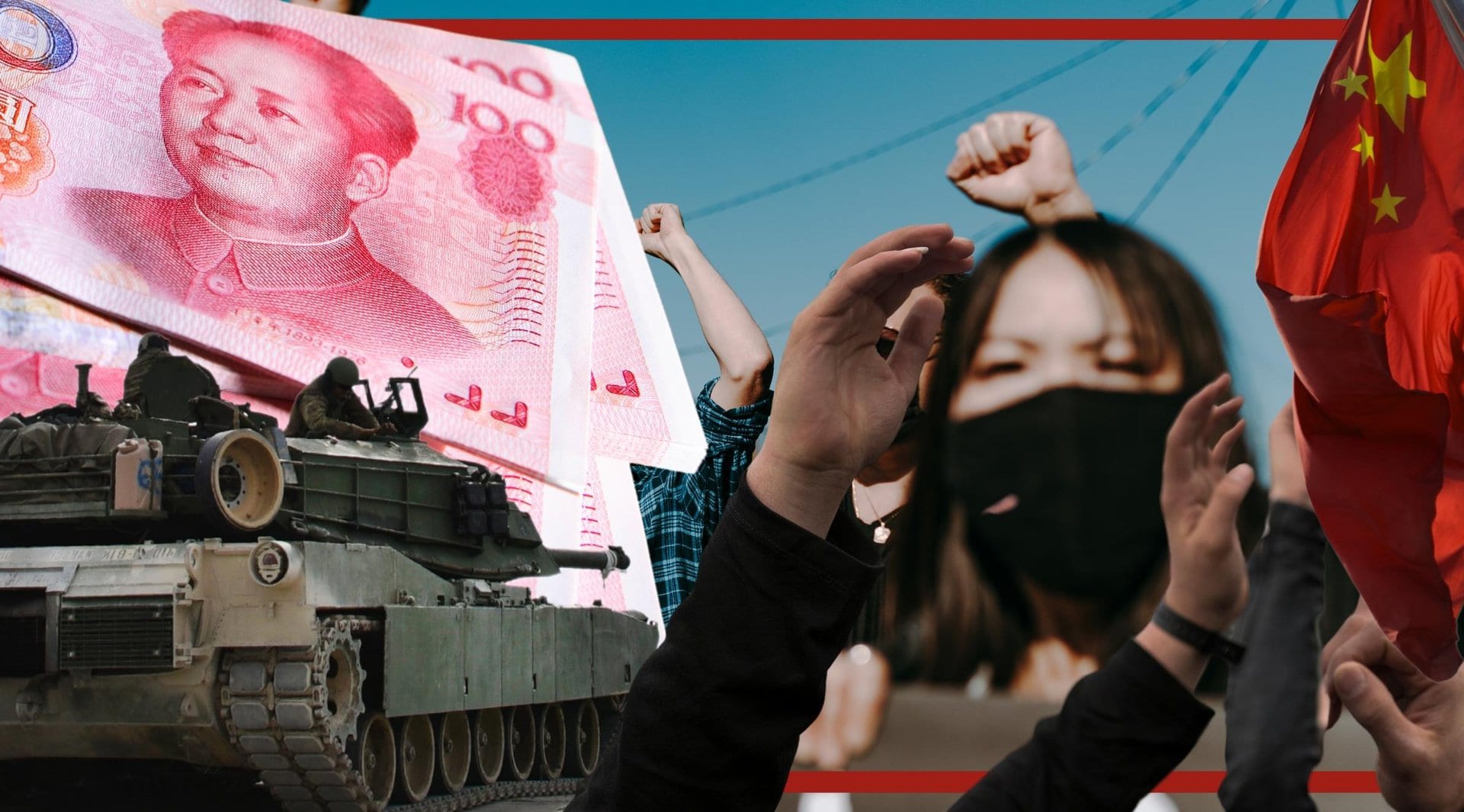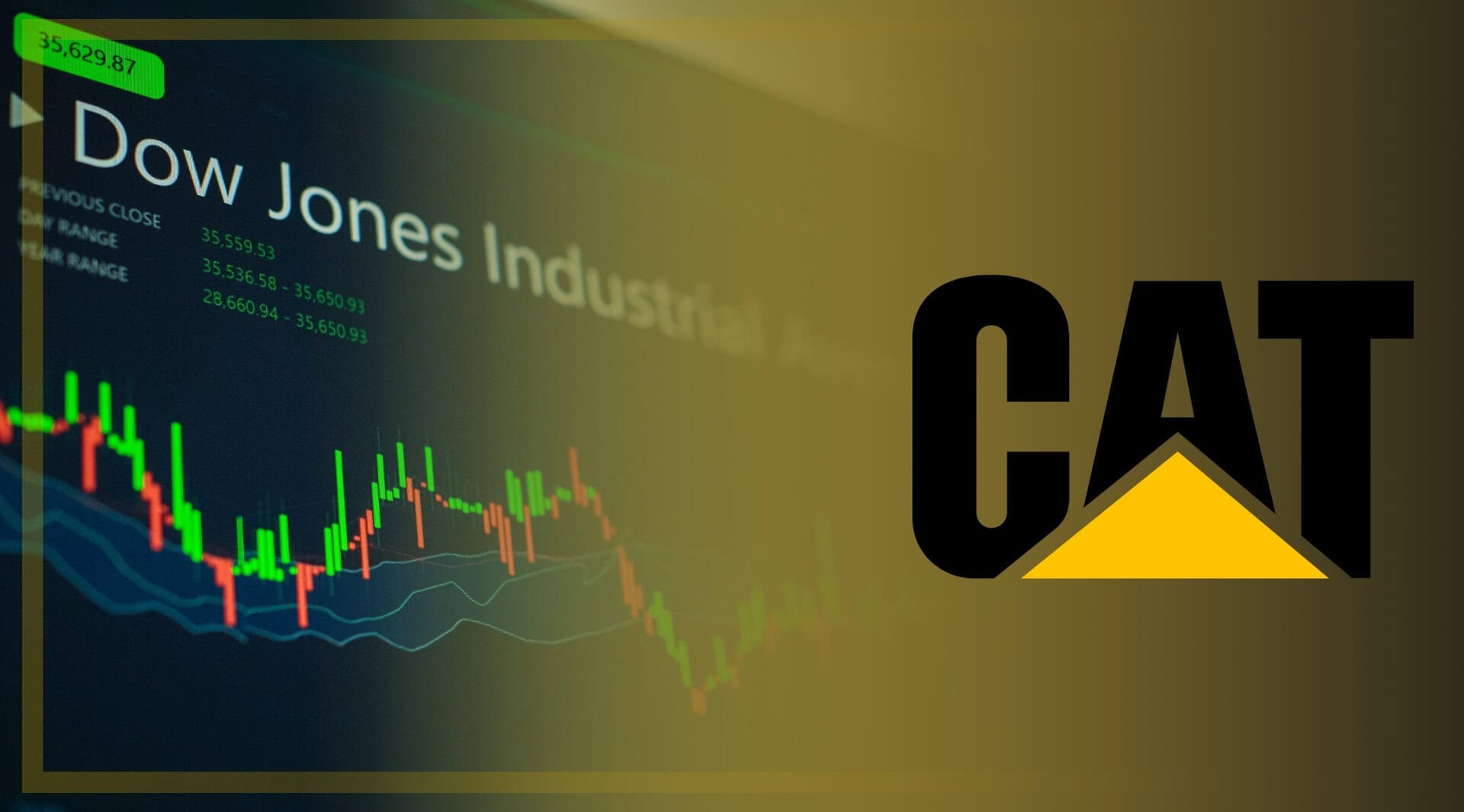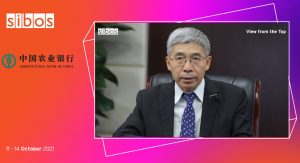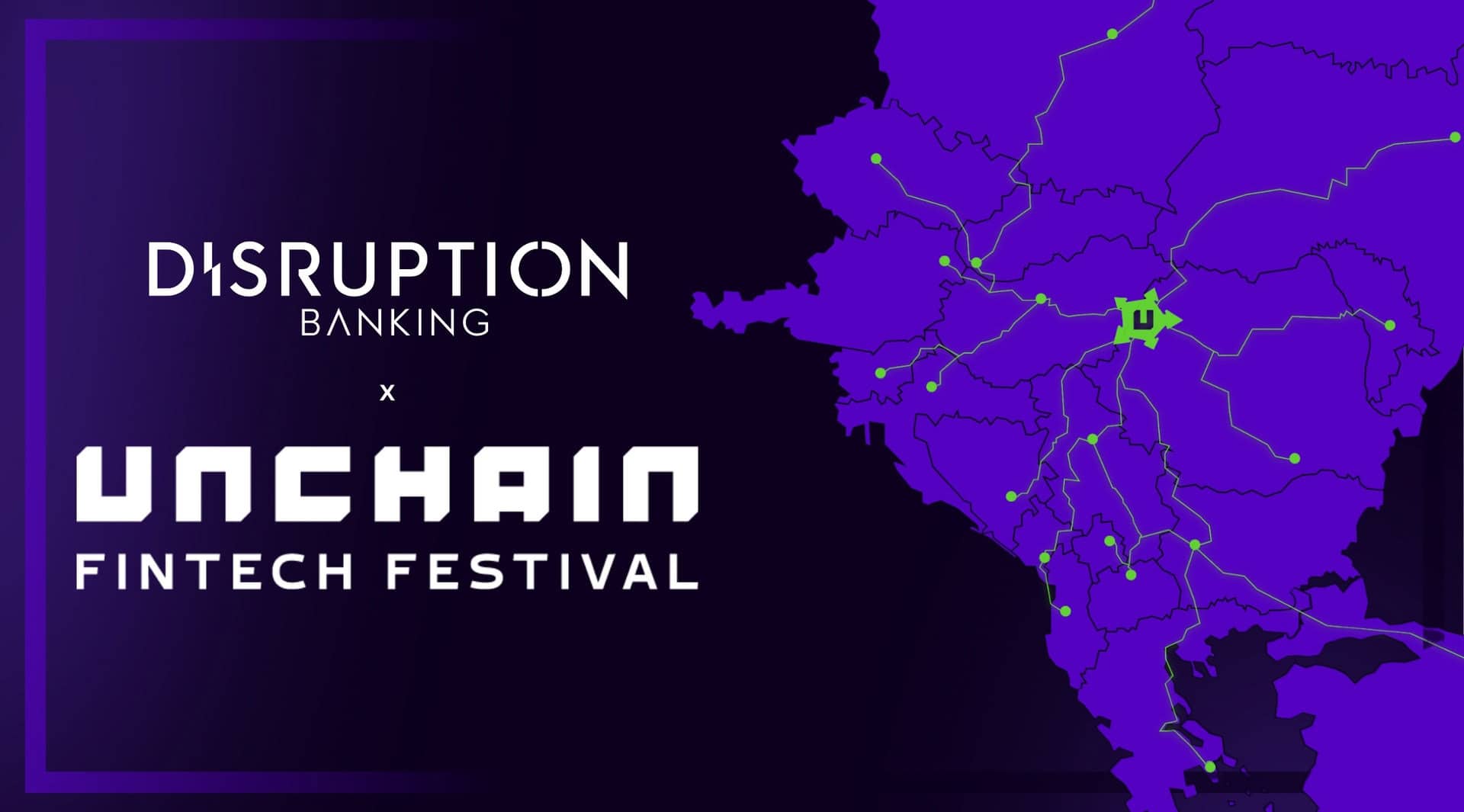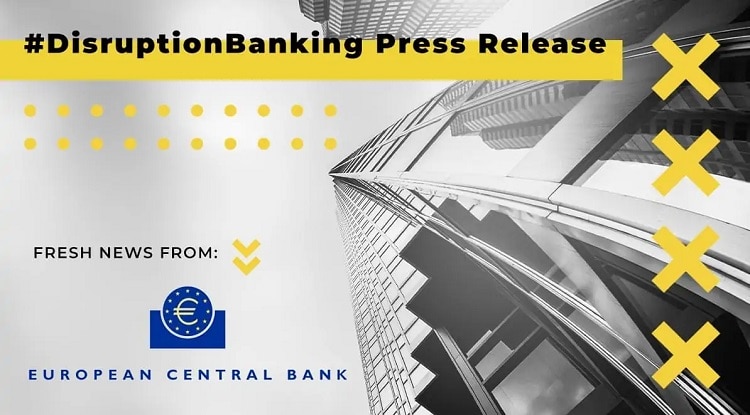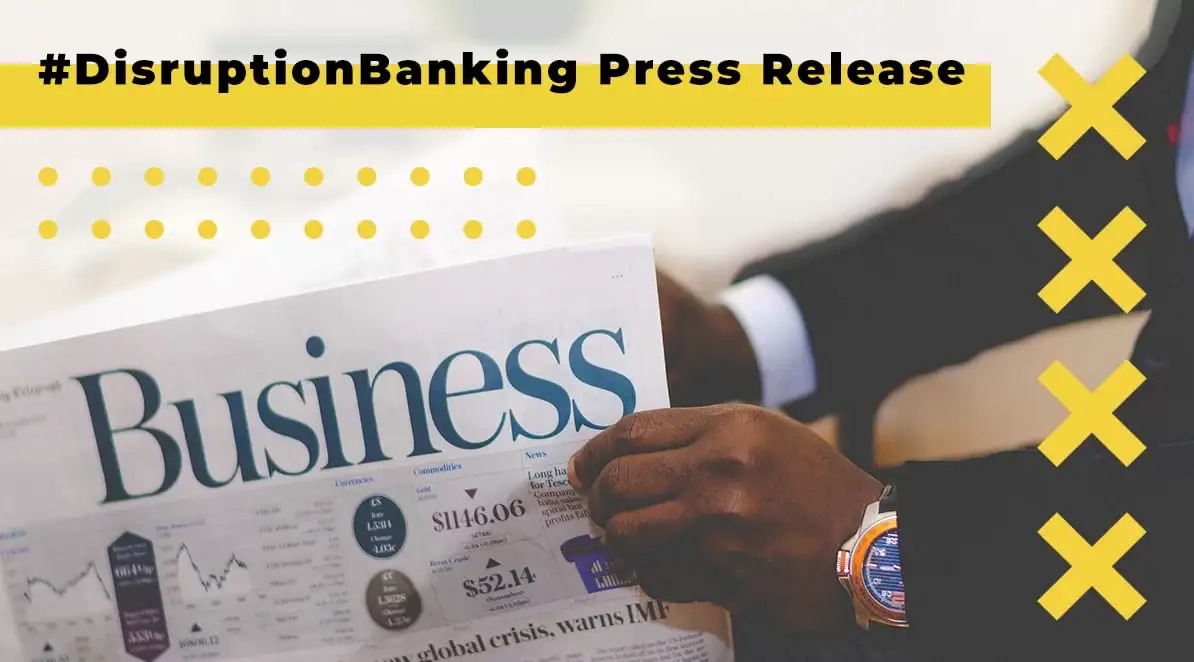Protests by people against four banks in the Henan province of China have escalated. Apparently these four banks have misappropriated around $6 billion worth of customers savings. And these are not the only banks. Subsequently the China Banking and Insurance Regulatory Commission found through a probe that Henan Xincaifu Group Investment Holding Co., a private investment firm with stakes in the four banks from Henan, colluded with bank employees to illicitly attract public funds via online platforms.
This is what happened to people protesting outside a bank in China.
— Amnesty International USA (@amnestyusa) July 16, 2022
Peaceful protest is a human right ✊ pic.twitter.com/mhtEm1Zp3w
The story may have appeared on your feed over the last few weeks, but its’ significance may not have registered. Perhaps the reference to tanks in our title did. More importantly. Banks being ‘bailed out’ in Western democracies has become commonplace. In China things are dramatically different.
Henan province is not a small place, but it is not the powerhouses that Shanghai, Shenzhen or Guangzhou represent. With a larger rural population, the existence of smaller agricultural banks in the province is normal. When these same ‘co-operative’ type banks (as we would know them in the West) start offering 4,5%+ interest rates, people notice. Especially as the larger banks in China are not able to offer more than about 2,5% interest on people’s deposits.
False Advertising or Lack of Regulation?
When the regional banks of Henan province started their advertising campaign for new customers, it didn’t seem out of the ordinary. One thing that was different, though, was how these banks were aggressively seeking customers outside of Henan province. Only a year ago there was disgruntlement at how loan providers were using the internet to entice new customers. This led to a demand for further regulation of these companies and their associated apps. Regulation that already banned smaller regional banks from advertising for customers outside of their province. Something that all the banks involved were driving through online nationwide marketing campaigns.
Should the regulator have done more?
In 2022 the challenge was different. With inflation affecting even China’s economy. Not to mention how the Chinese economy only grew by only 0,4% in Quarter 2 2022. It is no surprise that demand for higher returns for savings amongst consumers would eventually surface.
And the regional banks of Henan province, amongst others, were simply the most notorious ones to see the opportunity behind this new demand.
Most savers pumped their entire savings into these banks. With their promises of 4,5%+ interest rates. Many of these people depositing well over the $74,000 that the People’s Bank of China guaranteed would be safe. They knew that at least some of it would be safe though.
Or did they?
In a cynical twist, the regional banks somehow managed to escape the guarantee requirements made by the People’s Bank of China to most bank depositors. By using the deposits to fund loan companies in the market, and never actually leaving the money on deposit as the customers thought they would.
Amazingly, the Central Bank of China has not been as helpful as consumers expected. It was reported that the Central Bank merely warned consumers to check whether their deposits were in fact insured. Instead of offering assistance of any kind. Following on from that they just told people that they should beware of false advertisements. And finally they added how wealth management products were not included in the deposit guarantee insurance of $74,000.
So, people kept protesting. They had no idea that they had been investing in a wealth management product. A wealth management product that they felt they had been cheated into investing in.
Why Banks should be watching the protests in China
Last week stories appeared online about how tanks may have been deployed to stop protesters. Observers were shocked by pictures of actual tanks being posted online. However. Before it could spiral out of control, there was some sort of explanation. And it turns out the story is not true. Yet.
A video of tanks in China has gone viral. Many claim it shows the government suppressing protesters in Henan. But the video was actually filmed in Shandong and according to our sources, the tanks were deployed as part of military drills #China #military https://t.co/y5mLZNKehw
— The Observers (@Observers) July 21, 2022
Other problems are occurring in China too. Problems that tanks won’t be a valid solution too. Some of our readers may recall our story about Evergrande, one of the largest real estate companies in the history of the world. Well, things have progressed. People’s flats are not completed, let alone running to any kind of schedule. And the burgeoning middle classes of China are being left with the bill.
Having failed at protesting in the streets, some Chinese consumers have found a new way to protest. And from their perspective, they have every right to. See, the average person in China sees the problems behind developers finishing their flats or not as stemming from government policy. If the Chinese government are having issues implementing their policies. People whose property has been delayed for several months won’t really care. They have their own problems. Besides, the real estate companies who control where these people live are backed by state-owned banks. So they are all the same stakeholders for many Chinese.
And because of this many people have now stopped paying their mortgage. The developers are in breach of contract anyway. And while it’s just a handful of people, it’s not a problem. But when we start getting into the tens of thousands of people defaulting their mortgage payments the problem can become systemic.
And the Chinese government won’t be able to rely on the wider population to support them like Western governments do. The nature of how democracy and capitalism work together in the West means that there are ways to support failing businesses. In China wealth is frowned upon by the State, and one Party dominates politics and economics. It is much harder to support a failing business. Even a bank. Tank or no tank.
China’s Banking sector
Compared to the U.S. or UK, China’s banking sector has a Central Bank, the People’s Bank of China and a Financial Regulator, the China Banking and Insurance Regulatory Commission. There are some large differences in how they operate compared to their Western counterparts.
In China banks account for assets worth 345 trillion yuans. About $51 trillion. Banks in the USA are holding about $22.2 trillion in assets. Quite a substantial difference.
In a recent speech by Sun Tianqi, director of the Financial Stability Bureau of the People’s Bank of China, he shared some of his thoughts. Tianqi shared how China’s financial risks are restrained and generally under control. “99% of banking assets are within the safe boundary” he continued.
“Stable banking means financial stability,” was his main message. But he also admitted that there were 316 high-risk institutions. From a total of 4,398 banks operating in China. While the high-risk banks might be a problem, they account for only 1% of the total assets in China.
The plan for the end of the year is to reduce the number of high-risk banks to less than 200. Meaning either a hundred banks will close or get a dramatic makeover. The backdrop is compelling. You should keep watching for more updates on this story.
Author: Andy Samu
#China #Banking #HighRisk #Mortgages #Trust #Protests #Customers #Fraud #WealthManagement #InterestRates #Tanks
